Unburied Treasure of St. Augustine – Sacred Vessels on loan from Boston Museum of Fine Arts
Four religious objects made of silver hollowware, dating back to as early as the 1600s, are now on exhibit at the Mission Nombre de Dios Museum, 27 Ocean Avenue in St. Augustine. These items may well be among the earliest items used for Christian worship surviving in the United States and they are coming home to St. Augustine after a 135-year absence.

The religious objects were found in 1879 by workers digging in a citrus grove on the west side of Oneida Street in St. Augustine. The land belonged to the late William Keith and his wife Harriet.
The Keith family displayed the objects, used for the celebration of Catholic Mass, in the Messrs. Bigelow, Kennard and Co. jewelry store in Boston, Mass. These liturgical items remained in the Keith family of St. Augustine until Benjamin Keith, the son of William and Harriet, died in St. Augustine at the age of 44. The items were then given to Mrs. G. McIntosh, his cousin of Roxbury, Mass. – his only living relative. Mrs. McIntosh loaned the religious objects to the Boston Museum of Fine Arts. Upon her death in 1928, the objects were donated to the Boston Museum in the Keith name.
The following are items now on display at the Mission Nombre de Dios Museum:
- Standing Cup about 1750-1800 silver
- Paten 18th century gilt silver
- Chalice (cáliz) about 1600 gilt silver
- Ciborium 18th century silver bowl; copper or bronze baluster bowl with lid, stem and foot
Susan Parker, Ph.D., executive director of the St. Augustine Historical Society and a former historian and preservation consultant with the Florida Department of State, will give a presentation on the research she has conducted on the religious objects. The presentation is entitled, “Unburied Treasure of St. Augustine – Sacred Vessels on loan from Boston Museum of Fine Arts.”

Funded by a grant from the St. Augustine Foundation, Dr. Parker’s research attempts to unravel the mystery surrounding these objects. She explores several questions, such as why the objects were buried in St. Augustine. How long were they there? Who put them there and why? And what is the provenance (chain of ownership and location) of these items?
The Mission Nombre de Dios Museum seeks to educate and inform visitors about the Catholic faith history of the founding of St. Augustine, the missionary effort extending throughout Spanish Florida, and the growth of the Catholic Church to present day.
Other items on display at the museum include:
- The original casket of Pedro Menéndez de Avilés, founder of the city of St. Augustine, dating to 1574. Menéndez, whose remains were in this casket until 1924, is buried in his hometown of Avilés, Spain.
- Artifacts uncovered on the mission grounds during archaeological excavations led by Kathleen Deagan, Ph.D. of the University of Florida
- A replica of the oldest written European documents in the U.S.
The museum is open to the public Thursday-Saturday from 10 a.m. to 4 p.m. and Sunday from noon to 4 p.m. The exhibit from the Boston Museum of Fine Arts will be on display for at least a year.
There is no admission fee, but donations to assist with the maintenance of the museum are appreciated.

